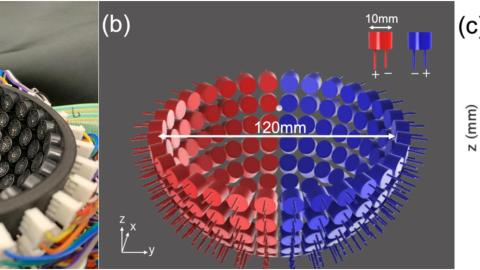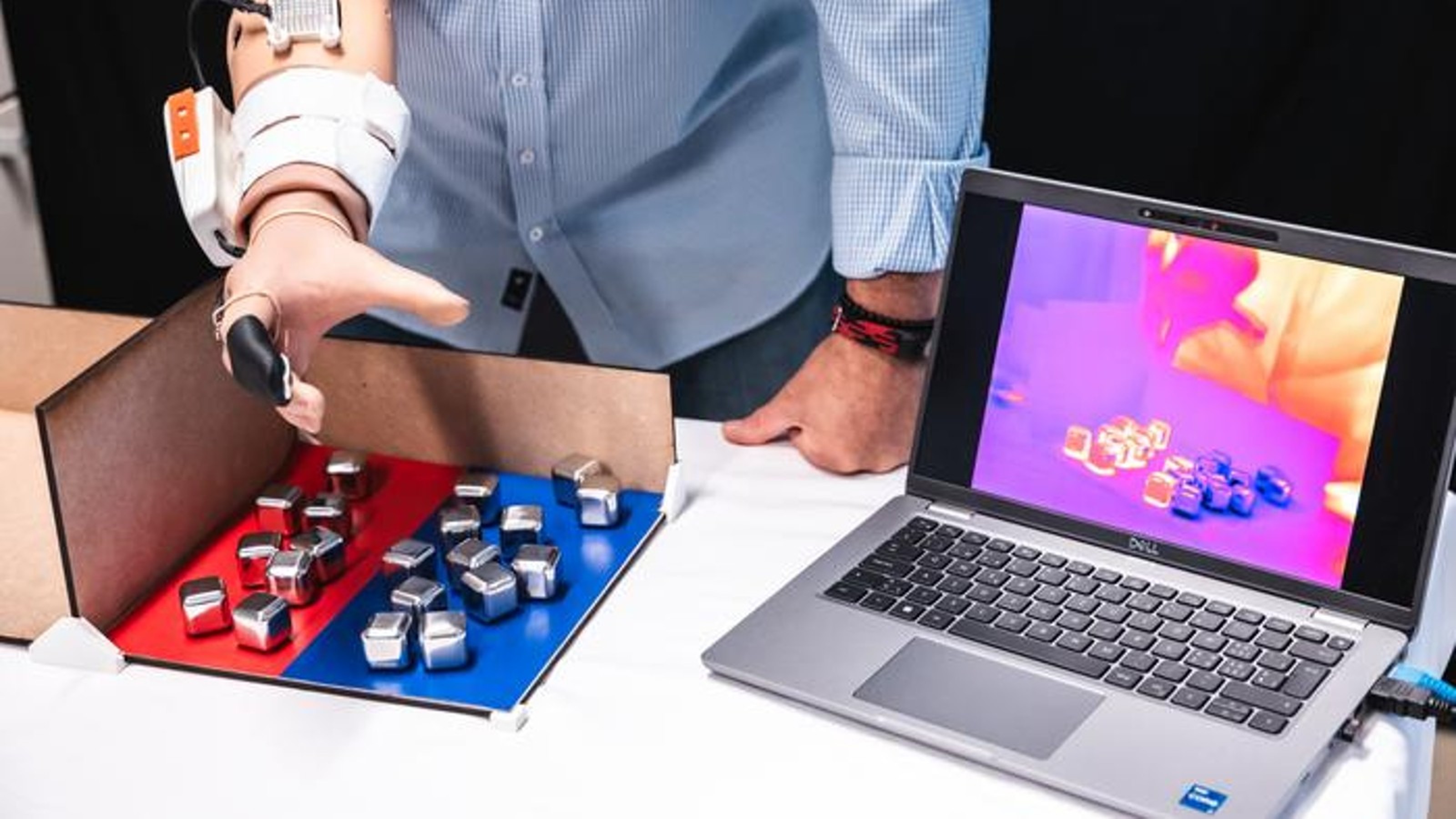“Acoustic tweezers” use sound waves to levitate bits of matter

Credit: Kondo and Okubo, Jpn. J. Appl. Phys., 2021.
- Since the 1980s, researchers have been using sound waves to move matter through a technique called acoustic trapping.
- Acoustic trapping devices move bits of matter by emitting strategically designed sound waves, which interact in such a way that the matter becomes “trapped” in areas of particular velocity and pressure.
- Acoustic and optical trapping devices are already used in various fields, including medicine, nanotechnology, and biological research.
Sound can have powerful effects on matter. After all, sound strikes our world in waves — vibrations of air molecules that bounce off of, get absorbed by, or pass through matter around us. Sound waves from a trained opera singer can shatter a wine glass. From a jet, they can collapse a stone wall. But sound can also be harnessed for delicate interactions with matter.
Since the 1980s, researchers have been using sound to move matter through a phenomenon called acoustic trapping. The method is based on the fact that sound waves produce an acoustic radiation force.
“When an acoustic wave interacts with a particle, it exerts both an oscillatory force and a much smaller steady-state ‘radiation’ force,” wrote the American Physical Society. “This latter force is the one used for trapping and manipulation. Radiation forces are generated by the scattering of a traveling sound wave, or by energy gradients within the sound field.”
When tiny particles encounter this radiation, they tend to be drawn toward regions of certain pressure and velocity within the sound field. Researchers can exploit this tendency by engineering sound waves that “trap” — or suspend — tiny particles in the air. Devices that do this are often called “acoustic tweezers.”
Building a better tweezer
A study recently published in the Japanese Journal of Applied Physics describes how researchers created a new type of acoustic tweezer that was able to lift a small polystyrene ball into the air.
It is not the first example of a successful “acoustic tweezer” device, but the new method is likely the first to overcome a common problem in acoustic trapping: sound waves bouncing off reflective surfaces, which disrupts acoustic traps.
To minimize the problems of reflectivity, the team behind the recent study configured ultrasonic transducers such that the sound waves that they produce overlap in a strategic way that is able to lift a small bit of polystyrene from a reflective surface. By changing how the transducers emit sound waves, the team can move the acoustic trap through space, which moves the bit of matter.
Move, but don’t touch
So far, the device is only able to move millimeter-sized pieces of matter with varying degrees of success. “When we move a particle, it sometimes scatters away,” the team noted. Still, improved acoustic trapping and other no-contact lifting technologies — like optical tweezers, commonly used in medicine — could prove useful in many future applications, including cell separation, nanotechnologies, and biological research.
Could future acoustic-trapping devices lift large and heavy objects, maybe even humans? It seems possible. In 2018, researchers from the University of Bristol managed to acoustically trap particles whose diameters were larger than the sound wavelength, which was a breakthrough because it surpassed “the classical Rayleigh scattering limit that has previously restricted stable acoustic particle trapping,” the researchers wrote in their study.
In other words, the technique — which involved suspending matter in tornado-like acoustic traps — showed that it is possible to scale up acoustic trapping.
“Acoustic tractor beams have huge potential in many applications,” Bruce Drinkwater, co-author of the 2018 study, said in a statement. “I’m particularly excited by the idea of contactless production lines where delicate objects are assembled without touching them.”





